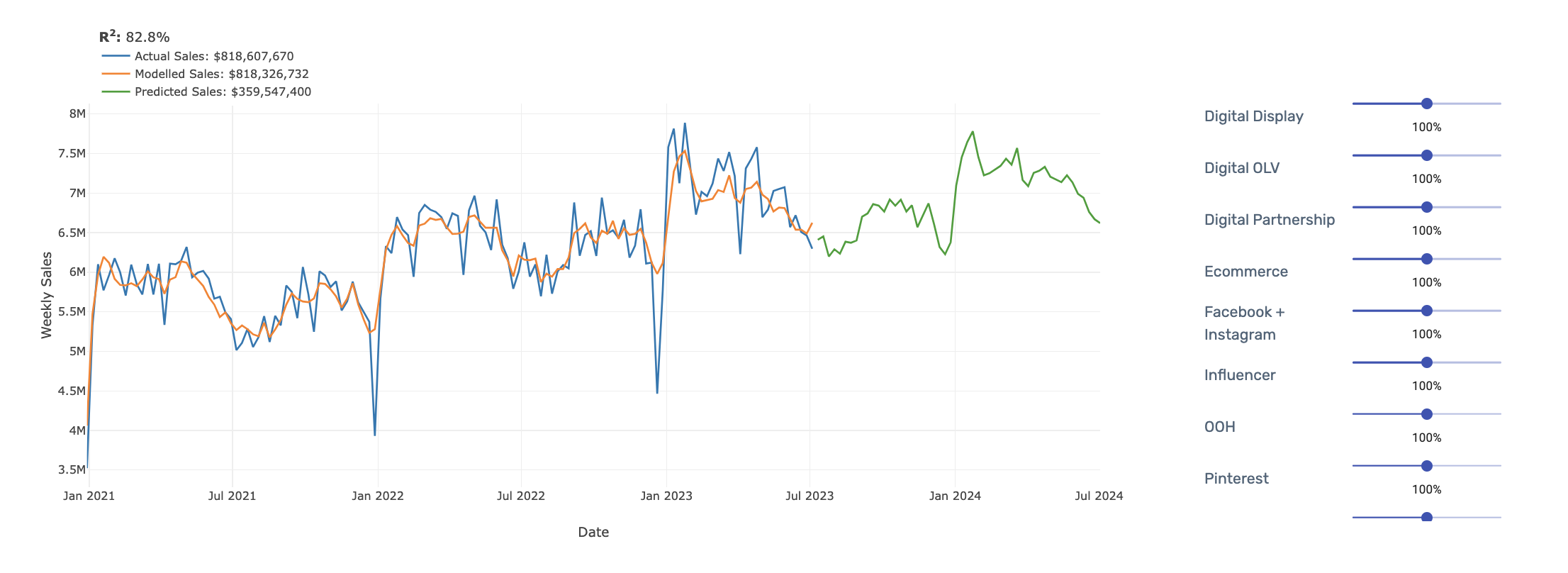We’ve moved on to a new chapter in digital advertising, with Chrome waving goodbye to third-party cookies. Advertisers, marketers, and media agencies are faced with the challenge of adapting and redefining their data-driven tactics for a cookieless future. In this blog post, we explore innovative solutions for advertisers, focusing on marketing mix models and advanced tracking methods in the absence of cookies.
.png) The evolution of data tracking
The evolution of data tracking
The Evolution of Tracking:
The rationale for third-party cookies in digital media was reach management, conversion tracking, and retargeting. When viewed strictly from a digital media perspective, the loss of signal pushes for replacement technologies that maintain the status quo. Leading advertisers recognize it as an opportunity to revolutionize their ad measurement on long-recognized best practices.
Were Third-Party cookies that great anyway?
The use of third-party cookies in digital media was flawed right from the beginning. Although they provided a way to track consumers across sites, their promise exceeded what they actually provided. Robotic traffic continues to stuff cookies, create fake conversions, and pollute digital statistics of all kinds. Billions of advertiser’s dollars are lost buying impressions valued on their cookie data. Consumer profiles connected to cookies are guessed at demographics that last only so long before the cookies expire or are purged. Some marketers have said the loss of third-party cookies is the best opportunity to happen in digital media in years.
Cross-Media Strategies in the Spotlight:
Instead of focusing on the digital half of their media, marketers are applying what they learned in digital to the whole budget through cross-media strategies. There the questions become about the speed of data, seamless workflows, and data connections instead of micro-managing third-party cookie data. When viewed holistically, these cross-media capabilities are beneficial in media planning, media execution, creative testing and business outcome measurement. The latter is the transition from cookie-based conversion metrics toward marketing mix modelling.
The Role of Marketing Mix Models:
Marketing mix models provide a holistic view. These models analyze the contribution of all marketing channels, tactics, and strategies in driving sales.
In the cookieless landscape, marketing mix models become even more important as they provide a holistic view of the marketing efforts. By considering multiple touchpoints and channels, marketers can accurately measure the effectiveness of their campaigns and allocate resources accordingly.
Marketing mix models help marketers identify the most effective channels and tactics, optimize their marketing budgets, and make data-driven decisions. They allow marketers to understand the impact of both online and offline marketing activities, providing valuable insights for future campaigns and strategies.
 Arima's Marketing Mix Model Sales Forecast
Arima's Marketing Mix Model Sales Forecast
Cross-Media Planning Tools for a New Era:
The transition to a cookieless environment requires new tools and methodologies. Cross-media planning tools, fueled by synthetic data, not only address the void left by third-party cookies but also enhance conversion tracking across diverse channels.
When it comes to marketing mix models, strategic insights are no longer confined to individual media channels. MMM platforms provide a holistic understanding at the dollar level, aligning marketing budgets with tangible outcomes such as sales, revenue, and profit.
As we bid farewell to third-party cookies, the industry is advancing. This is an exciting time for advertisers, marketers, and media agencies to embrace change, adopt cutting-edge technologies, and redefine their strategies. The cookieless future is here, and those who leverage marketing mix models and innovative tracking methods are poised to lead the way.

